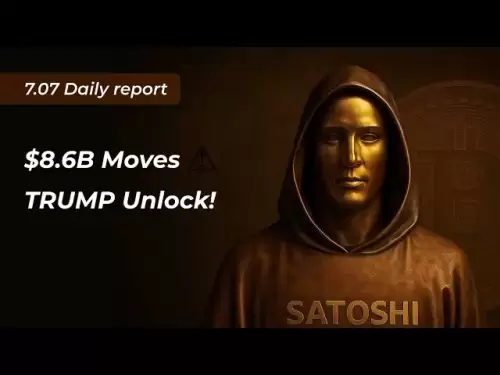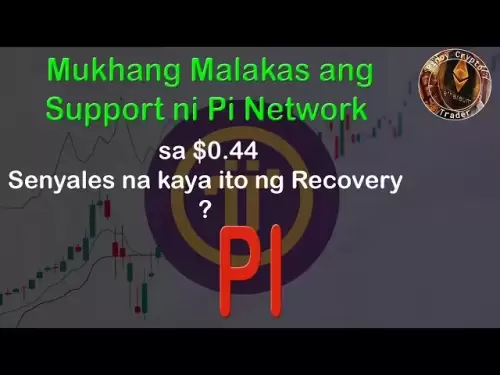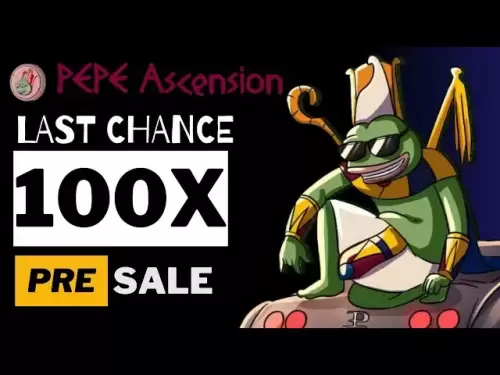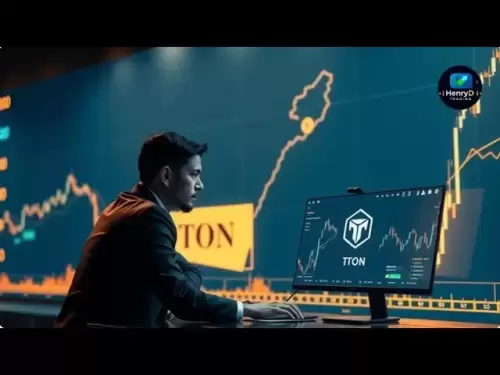-
 Bitcoin
Bitcoin $108,778.4882
0.68% -
 Ethereum
Ethereum $2,563.3783
2.01% -
 Tether USDt
Tether USDt $1.0001
-0.01% -
 XRP
XRP $2.2881
0.77% -
 BNB
BNB $662.2819
1.12% -
 Solana
Solana $152.2652
3.21% -
 USDC
USDC $0.9999
-0.01% -
 TRON
TRON $0.2873
0.90% -
 Dogecoin
Dogecoin $0.1715
4.20% -
 Cardano
Cardano $0.5868
1.50% -
 Hyperliquid
Hyperliquid $39.6796
1.73% -
 Sui
Sui $2.9136
0.85% -
 Bitcoin Cash
Bitcoin Cash $495.4980
1.77% -
 Chainlink
Chainlink $13.5765
3.06% -
 UNUS SED LEO
UNUS SED LEO $9.0753
0.53% -
 Stellar
Stellar $0.2503
3.73% -
 Avalanche
Avalanche $18.2012
1.86% -
 Shiba Inu
Shiba Inu $0.0...01174
1.83% -
 Toncoin
Toncoin $2.7998
-6.08% -
 Hedera
Hedera $0.1596
3.89% -
 Litecoin
Litecoin $87.3119
0.20% -
 Monero
Monero $319.5596
1.08% -
 Polkadot
Polkadot $3.3887
0.93% -
 Dai
Dai $0.9999
-0.01% -
 Ethena USDe
Ethena USDe $1.0001
-0.01% -
 Bitget Token
Bitget Token $4.3294
-1.36% -
 Uniswap
Uniswap $7.3898
1.60% -
 Aave
Aave $287.5336
5.76% -
 Pepe
Pepe $0.0...01005
3.24% -
 Pi
Pi $0.4588
1.90%
How to use the hidden order feature on Bitfinex?
Bitfinex's hidden order feature lets traders place large orders discreetly, minimizing market impact and maintaining privacy, ideal for high-volume trading.
Apr 25, 2025 at 02:56 pm

The hidden order feature on Bitfinex is a powerful tool that allows traders to place orders without revealing their size or price to the market. This can be particularly useful for large traders who want to minimize market impact and maintain privacy. In this article, we will explore how to use the hidden order feature on Bitfinex, step-by-step.
Understanding Hidden Orders
Hidden orders, also known as iceberg orders, allow you to place large orders while only showing a small portion of them to the public order book. The rest of the order remains hidden, reducing the likelihood of other traders reacting to your order and potentially moving the market against you. On Bitfinex, hidden orders can be used for both limit and stop orders.
Accessing the Trading Interface
To start using hidden orders, you first need to access the trading interface on Bitfinex. Here's how to do it:
- Log in to your Bitfinex account.
- Navigate to the trading section by clicking on the "Trading" tab in the top menu.
- Select the cryptocurrency pair you wish to trade, such as BTC/USD or ETH/BTC.
Placing a Hidden Order
Once you're in the trading interface, you can place a hidden order. Follow these steps:
- Click on the "New Order" button, usually located on the right side of the trading interface.
- In the order form, you'll see several options for order types. Choose either "Limit" or "Stop" depending on your trading strategy.
- Enter the total amount you want to trade in the "Amount" field.
- Set the price at which you want the order to be executed in the "Price" field.
- To make the order hidden, check the box labeled "Hidden". This option is crucial as it ensures that only a small portion of your order will be visible to the market.
- Review your order details carefully, then click "Submit" to place the order.
Managing Hidden Orders
After placing a hidden order, you'll need to keep an eye on it and manage it as needed. Here's how you can do that:
- Go to the "Orders" tab in the trading interface to see a list of all your active orders, including hidden ones.
- Hidden orders will be marked with a special icon or label, indicating that they are not fully visible to the market.
- You can modify or cancel a hidden order at any time by clicking on the order and selecting the appropriate action.
Monitoring Market Impact
One of the main benefits of using hidden orders is minimizing market impact. To ensure this, you should monitor the market closely:
- Keep an eye on the order book and see if your hidden order is affecting the market price.
- Use the "Depth" chart on Bitfinex to visualize the order book and see how your order fits into the market.
- If you notice that your hidden order is causing significant market movement, consider adjusting the visible portion or splitting your order into smaller, more manageable chunks.
Using Hidden Orders in Different Scenarios
Hidden orders can be used in various trading scenarios, depending on your strategy and goals. Here are a few examples:
- Large Volume Trading: If you're trading a large volume, using hidden orders can help you avoid tipping off other traders and minimize slippage.
- Stop-Loss Orders: You can use hidden stop-loss orders to protect your positions without alerting other traders to your potential exit points.
- Arbitrage Trading: Hidden orders can be useful in arbitrage strategies where you want to place large orders across different exchanges without affecting market prices.
Technical Considerations
When using hidden orders on Bitfinex, there are a few technical considerations to keep in mind:
- Order Size: The visible portion of your hidden order must meet the minimum order size requirements set by Bitfinex for the specific cryptocurrency pair you're trading.
- Fees: Hidden orders may incur slightly higher fees compared to regular orders, so factor this into your trading costs.
- Order Execution: Hidden orders are executed on a first-come, first-served basis, just like regular orders. However, the hidden portion may take longer to fill if the market does not move in your favor.
Best Practices for Using Hidden Orders
To maximize the effectiveness of hidden orders, follow these best practices:
- Split Large Orders: Instead of placing one large hidden order, consider splitting it into multiple smaller orders to reduce market impact further.
- Use Limit Orders: Hidden limit orders give you more control over the price at which your order is executed, helping you avoid slippage.
- Monitor and Adjust: Continuously monitor your hidden orders and be ready to adjust them based on market conditions.
FAQs
Q: Can I use hidden orders on all cryptocurrency pairs on Bitfinex?
A: Hidden orders are available for most major cryptocurrency pairs on Bitfinex, but it's always a good idea to check the specific trading pair's settings to confirm availability.
Q: Is there a maximum size limit for hidden orders on Bitfinex?
A: While there is no specific maximum size limit for hidden orders, Bitfinex may have restrictions based on your account level and the liquidity of the trading pair. Always check the platform's guidelines for the most up-to-date information.
Q: How can I tell if my hidden order is partially filled?
A: In the "Orders" tab, you can see the status of your hidden order, including the amount that has been filled. The platform will also show the remaining amount of the hidden portion that is yet to be executed.
Q: Can I convert a regular order to a hidden order after it's been placed?
A: No, you cannot convert a regular order to a hidden order after it's been placed. You would need to cancel the existing order and place a new one with the "Hidden" option selected.
Disclaimer:info@kdj.com
The information provided is not trading advice. kdj.com does not assume any responsibility for any investments made based on the information provided in this article. Cryptocurrencies are highly volatile and it is highly recommended that you invest with caution after thorough research!
If you believe that the content used on this website infringes your copyright, please contact us immediately (info@kdj.com) and we will delete it promptly.
- Bitcoin Wallet Hack? Coinbase Exec Sounds the Alarm on $8B Whale Movement
- 2025-07-07 18:30:12
- Mercado Bitcoin, Tokenization, and XRP Ledger: A Latin American Power Play
- 2025-07-07 18:30:12
- Ripple's RLUSD: Revolutionizing Cross-Margin Trading for Institutions
- 2025-07-07 18:35:12
- Babylon, Bitcoin, and the EVM Mainnet: A New Era for BTCFi?
- 2025-07-07 16:30:11
- Queen Elizabeth Coin Sells for £31,000: A Royal Fortune in Your Pocket?
- 2025-07-07 16:30:11
- XRP Price Check: Will Resistance Trigger a July Drop?
- 2025-07-07 17:10:12
Related knowledge
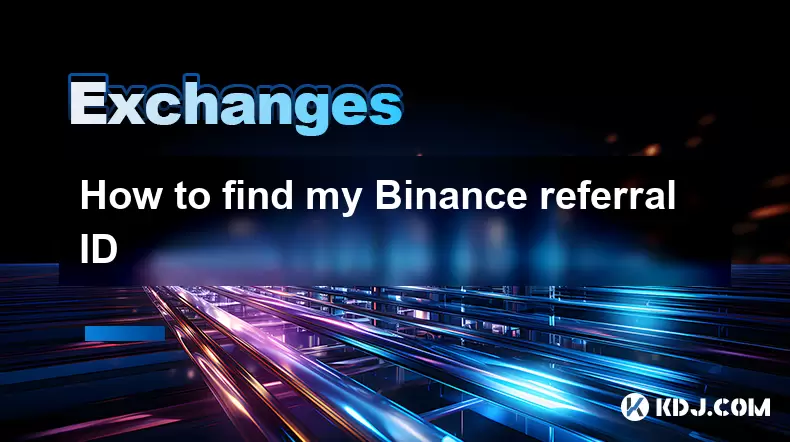
How to find my Binance referral ID
Jul 07,2025 at 06:29pm
What is a Binance Referral ID?A Binance Referral ID is a unique identifier assigned to each user on the Binance platform. This ID allows users to refer new traders to Binance and earn commissions from their trading fees. The referral program is an integral part of Binance’s ecosystem, encouraging community growth and rewarding active participants. Every...

Binance verification rejected why
Jul 07,2025 at 06:57pm
Understanding Binance Verification RejectionIf your Binance verification was rejected, you're likely searching for answers on why this happened and how to resolve it. Binance, as one of the world's largest cryptocurrency exchanges, requires users to complete identity verification to comply with Know Your Customer (KYC) regulations. When a verification r...
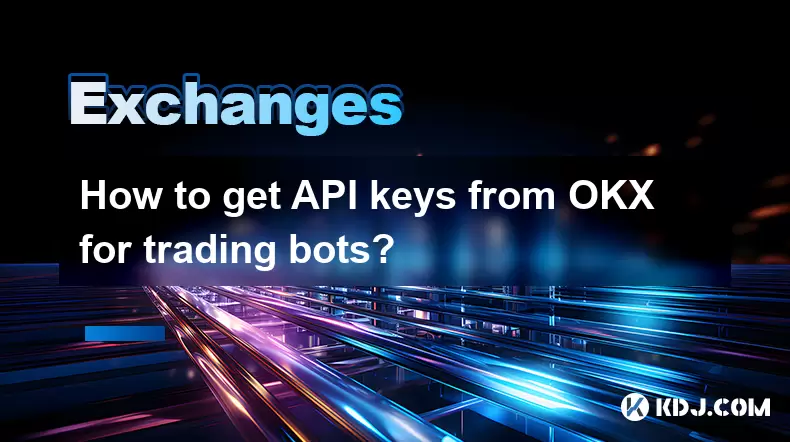
How to get API keys from OKX for trading bots?
Jul 03,2025 at 07:07am
Understanding API Keys on OKXTo interact with the OKX exchange programmatically, especially for building or running trading bots, you need to obtain an API key. An API (Application Programming Interface) key acts as a secure token that allows your bot to communicate with the exchange's servers. On OKX, these keys come with customizable permissions such ...
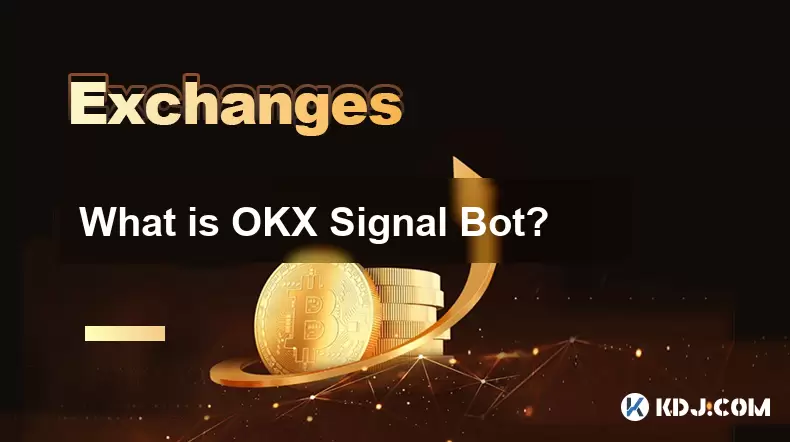
What is OKX Signal Bot?
Jul 02,2025 at 11:01pm
Understanding the Basics of OKX Signal BotThe OKX Signal Bot is a feature within the OKX ecosystem that provides users with automated trading signals and execution capabilities. Designed for both novice and experienced traders, this bot helps identify potential trading opportunities by analyzing market trends, technical indicators, and historical data. ...
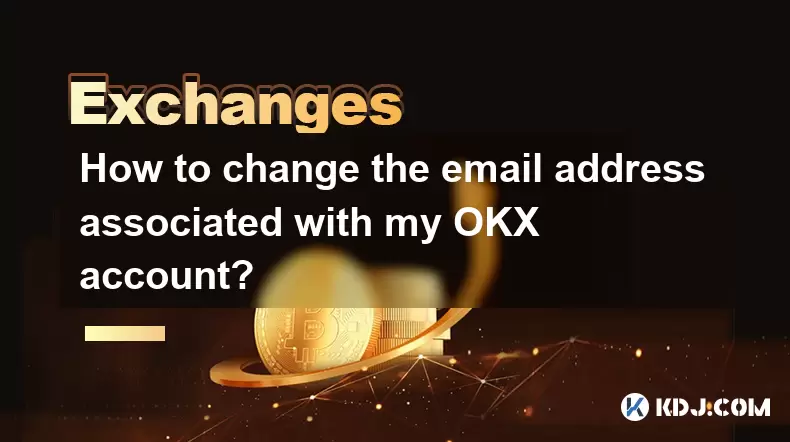
How to change the email address associated with my OKX account?
Jul 07,2025 at 08:07am
How to Change the Email Address Associated with My OKX Account?Changing the email address associated with your OKX account is a crucial process that ensures you maintain control over your digital assets and account security. Many users may find themselves needing to update their registered email due to various personal or technical reasons, such as swit...
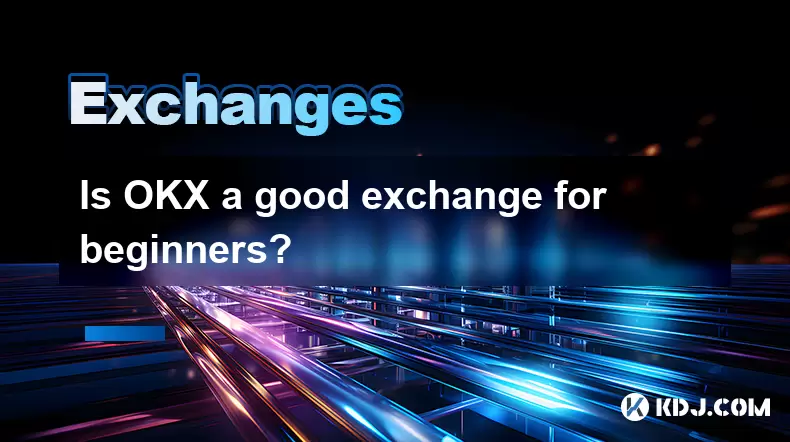
Is OKX a good exchange for beginners?
Jul 03,2025 at 05:00pm
What Is OKX and Why Is It Popular?OKX is one of the leading cryptocurrency exchanges globally, known for its robust trading infrastructure and a wide variety of digital assets available for trading. It supports over 300 cryptocurrencies, including major ones like Bitcoin (BTC), Ethereum (ETH), and Solana (SOL). The platform has gained popularity not onl...

How to find my Binance referral ID
Jul 07,2025 at 06:29pm
What is a Binance Referral ID?A Binance Referral ID is a unique identifier assigned to each user on the Binance platform. This ID allows users to refer new traders to Binance and earn commissions from their trading fees. The referral program is an integral part of Binance’s ecosystem, encouraging community growth and rewarding active participants. Every...

Binance verification rejected why
Jul 07,2025 at 06:57pm
Understanding Binance Verification RejectionIf your Binance verification was rejected, you're likely searching for answers on why this happened and how to resolve it. Binance, as one of the world's largest cryptocurrency exchanges, requires users to complete identity verification to comply with Know Your Customer (KYC) regulations. When a verification r...

How to get API keys from OKX for trading bots?
Jul 03,2025 at 07:07am
Understanding API Keys on OKXTo interact with the OKX exchange programmatically, especially for building or running trading bots, you need to obtain an API key. An API (Application Programming Interface) key acts as a secure token that allows your bot to communicate with the exchange's servers. On OKX, these keys come with customizable permissions such ...

What is OKX Signal Bot?
Jul 02,2025 at 11:01pm
Understanding the Basics of OKX Signal BotThe OKX Signal Bot is a feature within the OKX ecosystem that provides users with automated trading signals and execution capabilities. Designed for both novice and experienced traders, this bot helps identify potential trading opportunities by analyzing market trends, technical indicators, and historical data. ...

How to change the email address associated with my OKX account?
Jul 07,2025 at 08:07am
How to Change the Email Address Associated with My OKX Account?Changing the email address associated with your OKX account is a crucial process that ensures you maintain control over your digital assets and account security. Many users may find themselves needing to update their registered email due to various personal or technical reasons, such as swit...

Is OKX a good exchange for beginners?
Jul 03,2025 at 05:00pm
What Is OKX and Why Is It Popular?OKX is one of the leading cryptocurrency exchanges globally, known for its robust trading infrastructure and a wide variety of digital assets available for trading. It supports over 300 cryptocurrencies, including major ones like Bitcoin (BTC), Ethereum (ETH), and Solana (SOL). The platform has gained popularity not onl...
See all articles





















